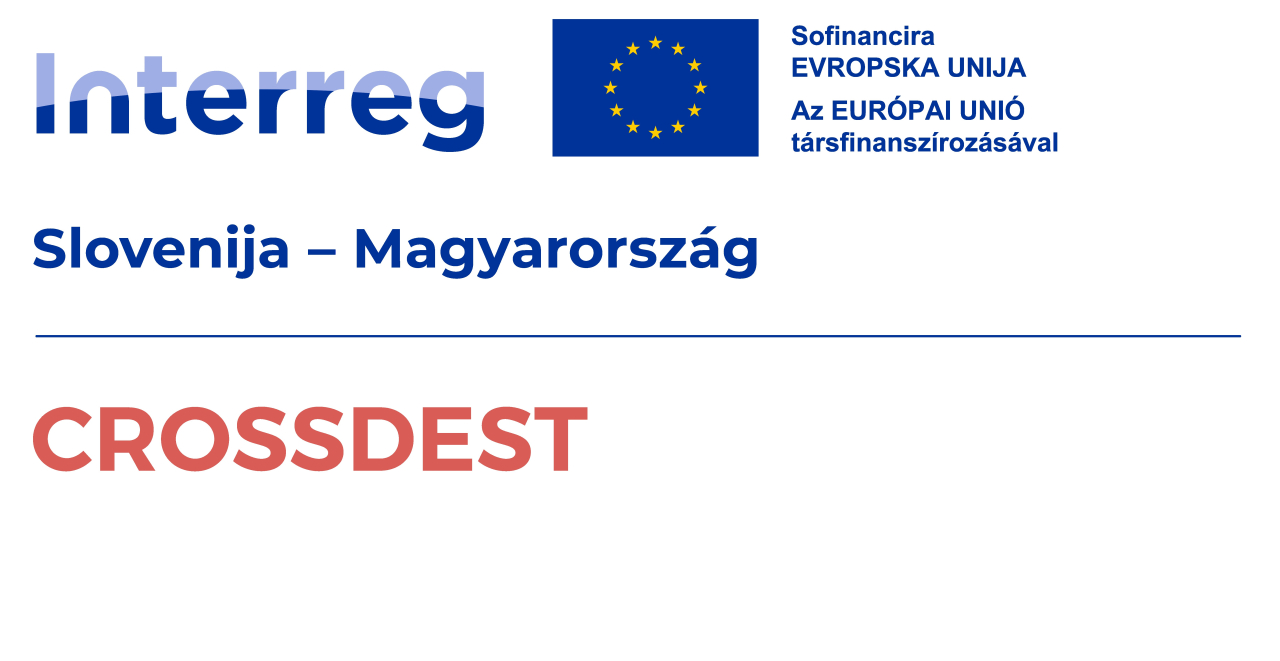-

Photo: Páli Józsefné -

Photo: Páli Józsefné -

Photo: Páli Józsefné -

Photo: Páli Józsefné -

Photo: Páli Józsefné












Kunágota
Kunágota's fascinating history dates back to the Avar era, but its true treasures lie in the 10th-century horse burials uncovered by Ferenc Móra in 1926. The village's first recorded mention dates from 1461, but the original settlement was entirely destroyed by the Tatars in 1596. It was resettled in 1844 when tobacco farmers moved here under the organisation of the Hungarian Royal Chamber. The village quickly grew, and tobacco farming became one of the cornerstones of its economy, a tradition still reflected in its coat of arms today. Kunágota’s religious life is coloured by a unique story: after Father Endre Bodnár built the Catholic church, he was dismissed by the bishop. However, the local congregation was so attached to him that they offered for him to return as a Calvinist pastor, and they would change their religion as well. Subsequently, a Calvinist church was also built in Kunágota. Among the village’s famous natives are Olympic water polo player Dénes Pócsik and composer Sándor Szokolay. Kunágota remains culturally active today, with events such as the Kunágota Horse Days in August and the traditional Imre Day fair.
Arrival
- Walk
- Bike
- Car
- Bus (rented for the trip)
Public transport
- bus
Parking information
- Free outdoor parking available
- Free bus parking available
Sustainability level
Topic 1: Destination Management 33%
- Visitor management: 60%
- Commitment and organization: 38%
- Design & development: 17%
- Monitoring and reporting: 50%
- Legal and ethical compliance: 0%
Topic 2: Nature and landscape 18%
- Nature and wildlife protection: 17%
- Nature and conservation: 20%
Topic 3: Environment and climate 33%
- Land use and pollution: 33%
- Water management: 60%
- Energy, sustainable mobility and climate change: 0%
- Adaptation to climate change: 50%
- Waste and recycling: 20%
Topic 4: Culture and traditions 58%
- Cultural heritage: 67%
- People and traditions: 50%
Topic 5: Social Welfare 31%
- Health and safety: 50%
- Local economy: 50%
- Socio-economic impacts: 0%
- Community participation: 25%
- Human dignity: 29%
Topic 6: Business and Communication 6%
- Business participation: 11%
- Information and marketing: 0%


